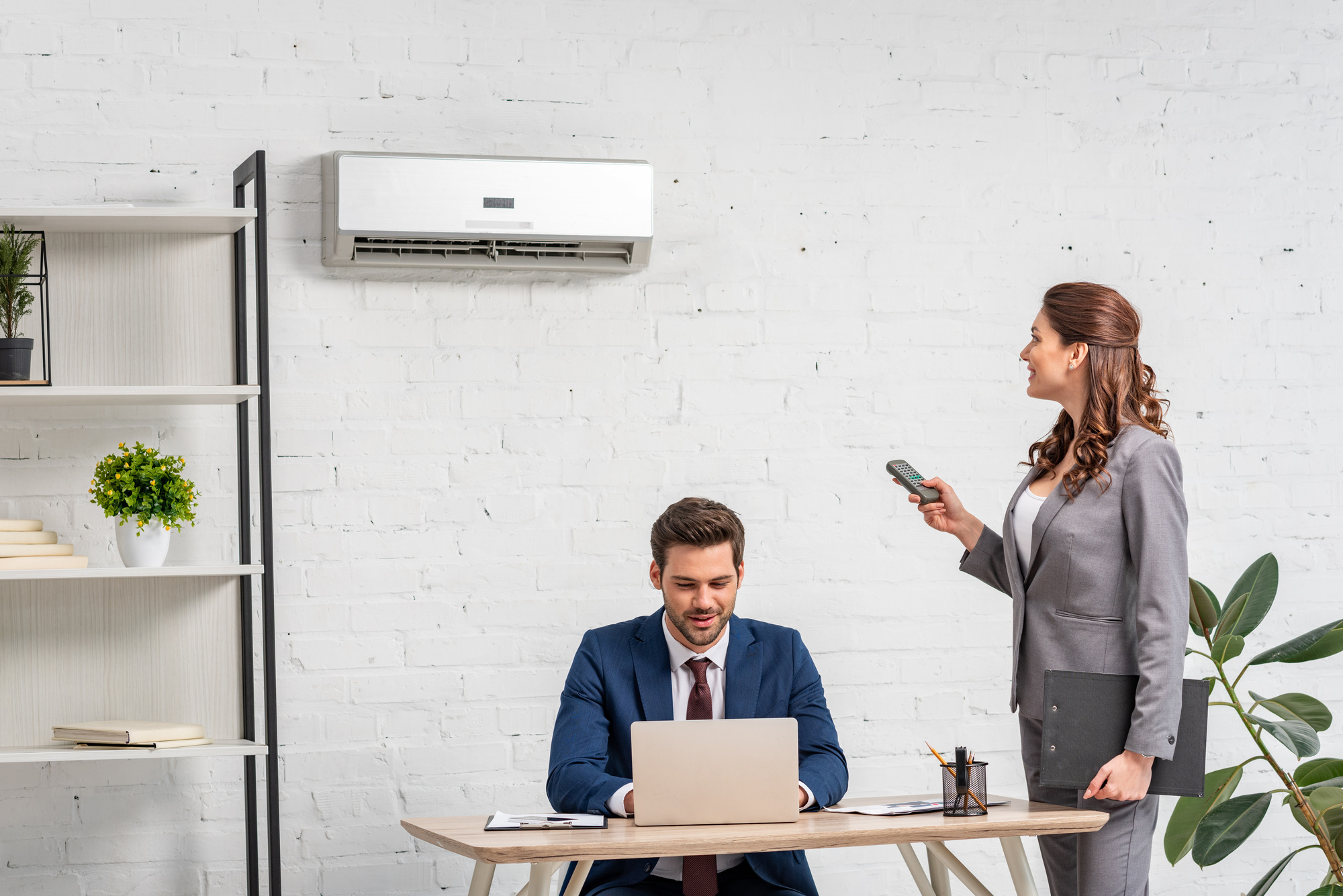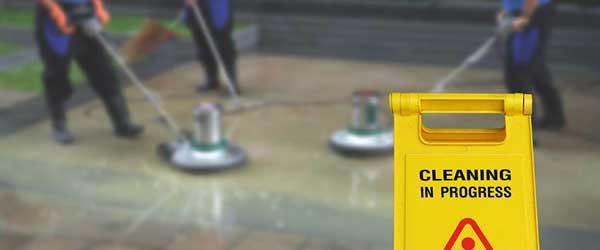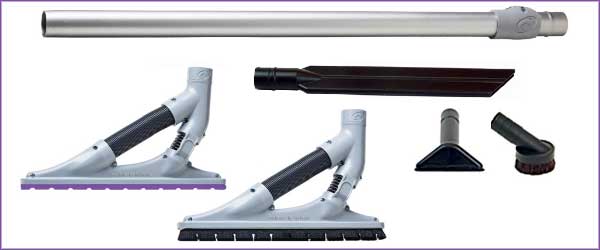Indoor air quality can affect a person’s health, productivity, and comfort. Nonetheless, many employers are unaware that their workers’ health is at risk due to poor indoor air quality. Remember that indoor air pollution is two to five times higher without air purification. This should be a concern for employers to act swiftly and combat the situation to maintain a healthy and productive workforce.
Furthermore, indoor air pollution can be difficult to notice compared to outdoor pollution, which can be seen through dark smoke or smelled when harmful emissions are released. Moreover, the use of air conditioning and air fresheners creates the impression that the surrounding area is clean and sanitary.
Fortunately, there are ways to improve indoor air quality. Here some viable tips you can follow:
- Improve Your Air Filtration
While your heating, ventilation, and air conditioning (HVAC) system is responsible for eliminating air pollutants and odors, keeping pests at bay, regulating the humidity, and providing adequate ventilation to the workplace, a poorly maintained unit will do the opposite. It could contribute to pollution by spreading it rather than eradicating it. For instance, clogged HVAC filters can degrade indoor air quality by blowing in allergens and other air pollutants if they are not changed as frequently as they should be.
To ensure the unit’s proper function, consider hiring professionals around your area to service the system regularly and repair it when required. To maintain your unit, research online for professional service providers with expertise in air conditioning repair in Las Vegas.
Keep in mind that investing in air cleaning devices like dehumidifiers, air scrubbers, and purifiers can also keep indoor air quality at reasonable levels.
- Keep The Workplace Environment Clean
Undoubtedly, a clean environment provides a safe workplace and enhances an employee’s quality of life. This can be achieved by vacuuming rugs, carpets, and upholstery which trap dust and other particles at least twice a week. Windows, curtains, or blinds should also be cleaned regularly.
Stale food and pests impede the flow of clean air. The workplace needs strict guidelines on where and when employees can eat and drink. There should be designated places where food is allowed, like the cafeteria, kitchen, or breakrooms. This is to reduce leftover food in the wastebaskets and food scraps in the working area, which promote bacteria growth and attract pests that pollute the air.
In addition, hiring professional cleaners is an excellent way to ensure that the whole workplace is thoroughly cleaned as required.
- Observe Proper Ventilation
Everyone in the office may positively affect and improve indoor air quality. Placement of furniture, storage boxes, files or cabinets, or other objects near or in front of air supply vents is prohibited; otherwise, it will obstruct air circulation.
Pollutants like carbon monoxide, formaldehyde, and nitrogen dioxide, emitted from microwaves and cooktop burners in the kitchen workplace, can significantly diminish air quality where there is poor ventilation. Installing vent hoods to capture or filter out steam and smoke over the cooking area can be an effective solution for kitchen exhaust ventilation.
- Get Indoor Plants
Indoor plants are visually appealing and provide an area with positive energy. Moreover, some plants are natural air filters. They improve indoor air quality by absorbing carbon monoxide and other airborne contaminants from the air and releasing oxygen. To maximize an indoor plant’s ability to clean the air, placing more in the workplace would be best. Having at least two large-sized plants per 10 square feet is recommended.
Some common air-purifying indoor plants are bamboo palm, spider plant, gerbera daisy, snake plant, and peace lily. Typically, these indoor plants are ideal for an office space but require adequate sunlight and water to thrive.
Access to fresh air in the workplace is good for plants and humans. If the weather is nice, you can switch off the air conditioning and let some fresh air in by opening the windows and doors. Eliminating stagnant air by ventilation is a pleasant side effect of the natural process.
- Maintain A Clean Kitchen And Ensure Proper Garbage Disposal
The kitchen can quickly become a source of contamination and pollution in the workplace if not taken care of. Garbage, unwashed utensils, and poorly stored food attract all pests but can also produce a foul odor. Daily and thorough cleaning of the kitchen and dining area is necessary to reduce the chances of stench and air pollution. Additionally, the prompt and proper garbage disposal will prevent odors and contamination.
- Conduct Regular Air Quality Tests
The air quality is only good if you take extreme measures to improve workplace ventilation. However, conducting regular indoor air testing will put you in perspective and provide insights on improving workplace air quality.
Notably, there are many ways to measure air quality, some of which are as follows:
- You can test for particulate chemicals, carbon monoxide, humidity, and formaldehyde using an indoor air quality monitor.
- Smoke and carbon monoxide alarms are used to detect high levels of smoke or carbon monoxide in the atmosphere.
- If mold is already visible in some areas, that’s enough reason to conduct a test to confirm mold growth.
Conclusion
As an employer, you should be concerned about the air quality at the workplace because it directly affects the well-being and safety of your employees. Poor air quality can cause respiratory illnesses and affect employees’ mental health. Therefore, consider applying the abovementioned tips to improve indoor air quality in your work premises.






